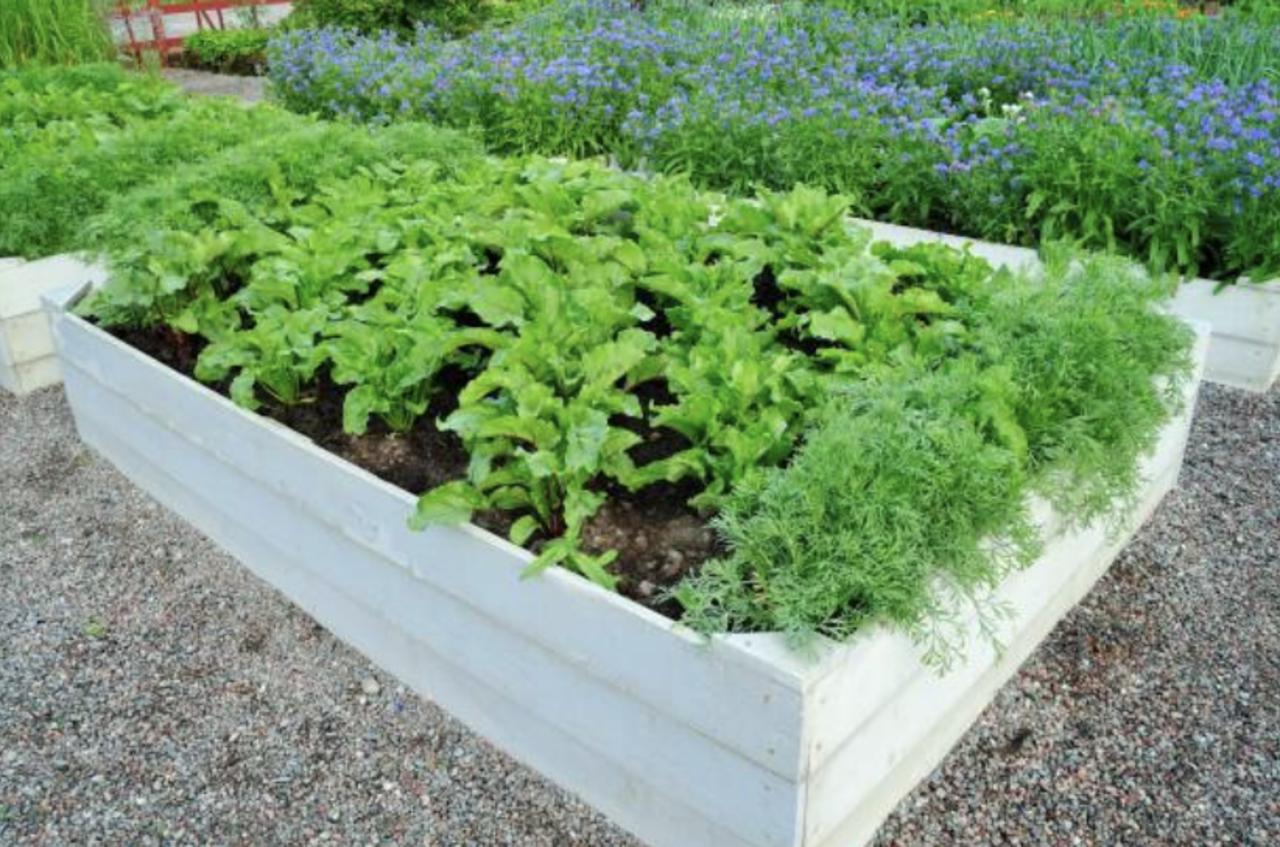
How Gardeners Can Respond , to Increased Flooding.
An increase in the frequency and severity of flooding has been just one effect of climate change.
Experts and gardeners know that too much water can have fatal effects on a fruit and vegetable garden.
Flooding deprives roots of oxygen, which leads to root-rot diseases, , Nick Goltz, UConn Plant Diagnostic Laboratory at the University of Connecticut, via AP News.
... and then plants can’t pull water up (and) through their leaves and vascular tissue, Nick Goltz, UConn Plant Diagnostic Laboratory at the University of Connecticut, via AP News.
A yellow garden post-flood likely means that the roots are not able to absorb vital oxygen and nutrients properly.
In addition, fruits and vegetables that have been flooded are also contaminated.
If the part you’re eating touches the water, then it’s unsafe, Nick Goltz, UConn Plant Diagnostic Laboratory at the University of Connecticut, via AP News.
This holds true regardless of whether the fruit or vegetable has been washed or cooked.
[This is] because in addition to bacteria from standing water, runoff from nearby yards, pesticides, sewage and chemical contaminants [might be on the food], Nick Goltz, UConn Plant Diagnostic Laboratory at the University of Connecticut, via AP News.
Experts say that fruit and vegetables that haven't touched the water are safe but precautions are still necessary.
To recover, planting short crops in post-flood soil is a great strategy.
Or you can plant a cover crop, like clover, which will control erosion and also fix nitrogen into the (likely depleted) soil, Nick Goltz, UConn Plant Diagnostic Laboratory at the University of Connecticut, via AP News.
Composting the flooded soil is also a necessity.
You should also prepare for the next time by planting higher, digging a ditch or installing a Frech drain around your crop.
You should also prepare for the next time by planting higher, digging a ditch or installing a Frech drain around your crop
